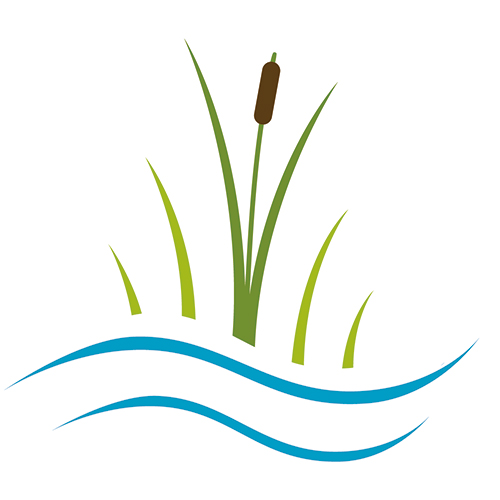Projects
PROJECT DESCRIPTION

CURRENT INFORMATION ON THE PEATLAND AREAS
Please click on the peatland area you would like to learn more about.
Climate protection has shown great dynamism in recent years, unlike any other cross-cutting issue we currently face. Meanwhile, its resulting implementation has also been met with great approval among broad sections of the Brandenburg population.
Germany has adopted its Climate Action Plan 2050 in accordance with its obligations under international agreements. As a result, the state of Brandenburg launched, alongside other initiatives, the project designated the “Climate protection and climate impact adaptation through peatland-friendly reservoirs and water management relating to peatland areas in the state of Brandenburg and its catchment areas“. The goal of the project is to demonstrate, through initial positive examples, how it is possible to use our peatlands in the future without the negative side effects of: drainage; lowering of groundwater; peatland shrinkage and subsidence; mineralisation of organic soils; nutrient leaching; impoverishment of biodiversity; and landscape desiccation – all without the release of harmful greenhouse gases. This is not about displacement, but rather about the continuation of human uses in the best possible way.
Solutions are to be developed in intensive and collegial cooperation with the farms involved, which enable the economic cultivation of the areas at near-flood water levels in an approach known as paludiculture. As part of intensive efforts to secure land and land use, consultations are held with all those affected and, if requested, farms are also analysed and evaluated. Furthermore, the transition to the use of paludiculture requires intensive professional support and the inclusion of existing funding opportunities.
As the biomass produced in paludiculture differs significantly from that produced conventionally, a high value is attributed to the development of economically sustainable utilisation options. In this way, new utilisation possibilities are to be identified within the framework of the project. The project is accompanied by scientific studies with the goal of establishing new, reliable utilisation chains.
The hydrological aspects are of particular importance in the project Levels and potentials of water retention are investigated prior to implementation with regard to their effects on peatland and marginal regions. In the course of the planned raising of water levels and extension measures, questions of species and biotope protection are also set to play an important role. The great biodiversity of revitalised peatlands has the potential to significantly contribute to the strengthening of the ecological functioning of our landscape.
The project initially starts in ten large-scale peatland areas in Brandenburg, where the existing water level has been significantly lowered for current use. As the project progresses, there are plans for about ten more peatland areas are to be incorporated into the implementation. By 2026, a management system adapted to natural hydrological conditions is to be established in all project areas. By 2050, the management transition is planned in all of the larger peatland areas in Brandenburg.
After the widespread losses of cultivated and ecologically functional peatlands in recent decades, reversing this trend will lead to positive outcomes for people and the environment and constitute a milestone on the way to sustainable management of peatlands for both current and future generations.
